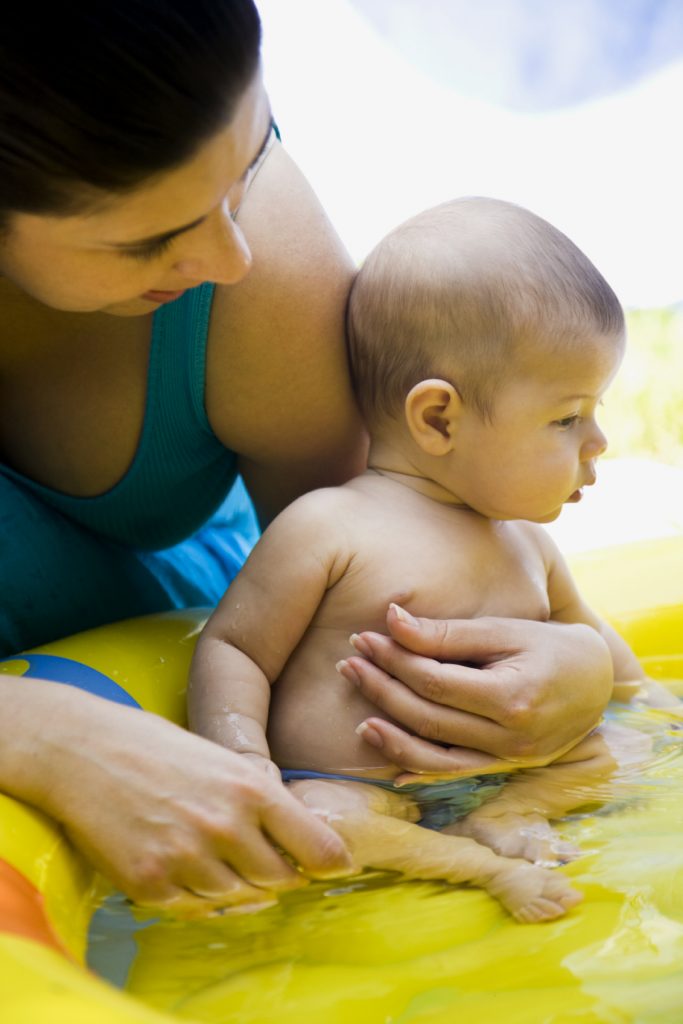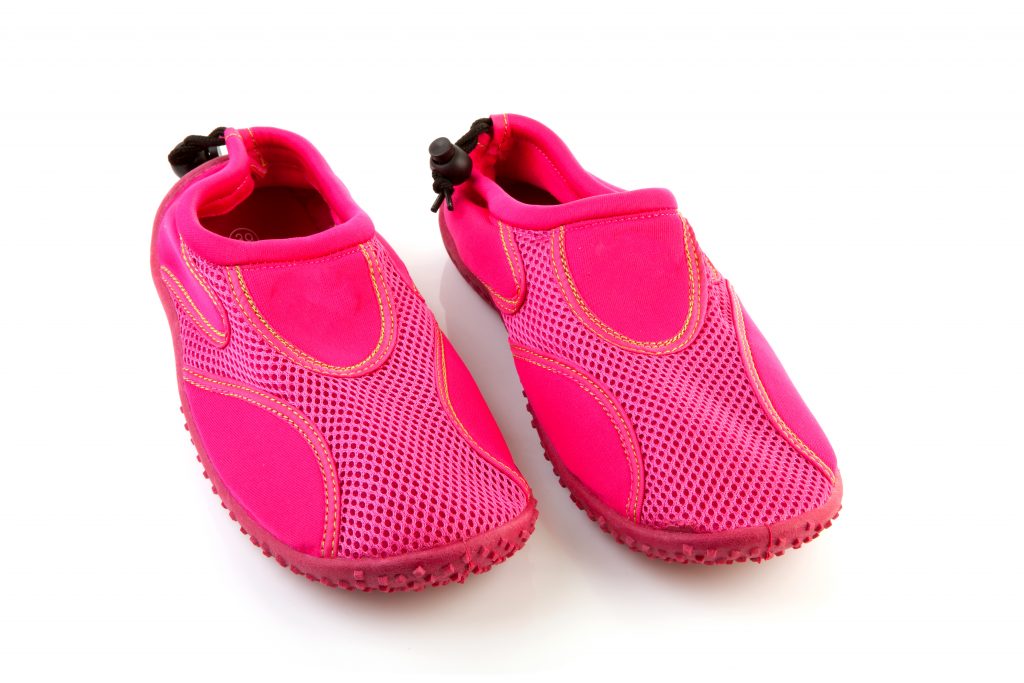Playgrounds can be located close to natural water features such as ponds, lakes and streams, or built water features such as fountains, splash pads and wading pools. Some home playground sets have water features, allowing children to cool off in the hot summer months. It’s important to remember there is a drowning risk whenever a water feature is present.
Safety tips for parents and caregivers
Follow these tips to help prevent drowning and other injuries from occurring.

Actively supervise your child.
Stay within sight and reach of your child. Children under five years of age are at highest risk of drowning and can drown in as little as 2.5 centimetres (one inch) of water.
Empty toddler pools and home playground water features after each use.
Children have drowned by slipping into unattended paddling pools.
Have children wear water-appropriate footwear.

Children can wear non-slip shoes that are safe and comfortable for water play. This will help prevent cuts and scrapes from material such as gravel that may have collected on splash pad surfaces.
Teach older children these rules for safe play:
- Walk, don’t run.
- Take turns with equipment (such as faucets, sprayers and toys).
Report any broken or damaged equipment to the operator of the splash pad or the wading pool.
Broken or damaged equipment could lead to injury and should be fixed or replaced.